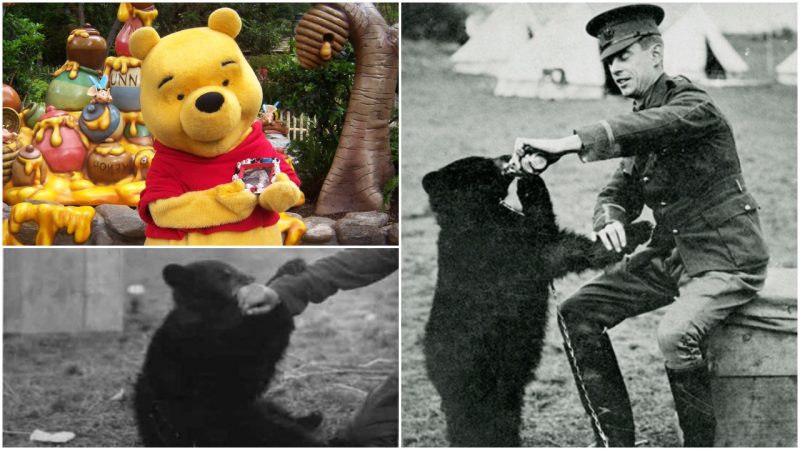Winnipeg, also known as Winnie, was a young bear who lived at the London Zoo. She was brought there in 1915, after being rescued by veterinarian Harry Colebourn of the 3rd Canadian Division. This little cub would inspire A. A. Milne to write one of the most loved children’s books in the world, Winnie-the-Pooh. Milne’s son sparked his father’s imagination when he renamed his teddy bear “Winnie the Pooh” after seeing the cub in the zoo.
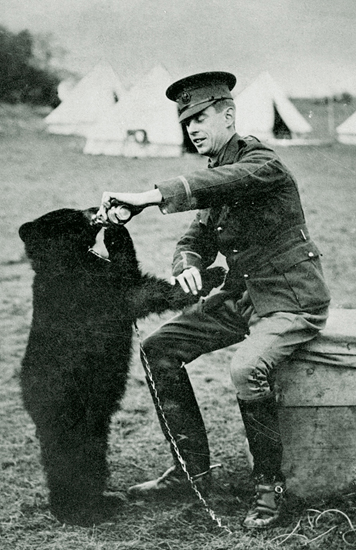
Winnipeg was purchased by Colebourn for $20 from a hunter in Ontario; the hunter may have killed her mother. The lieutenant named the bear Winnie after his hometown of Winnipeg, Manitoba. Colebourn seems to have taken excellent care of the cub and brought her to England, where she became an unofficial mascot for the Fort Garry Horse. Because of the war, Colebourn had to go to France and so left Winnie in the hands of the London Zoo.
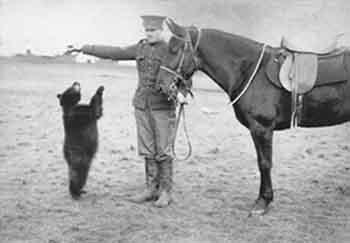
When the war was over, Colebourn decided in late 1918 to leave Winnie at the zoo, where she had become a popular and loved attraction. She was very smart, and when people visited her, they would knock on her door, and she would open it for them. She always played with children, allowing them to ride on her back and give her food. The people who cared for her at the zoo observed that Winnipeg was a very docile bear.
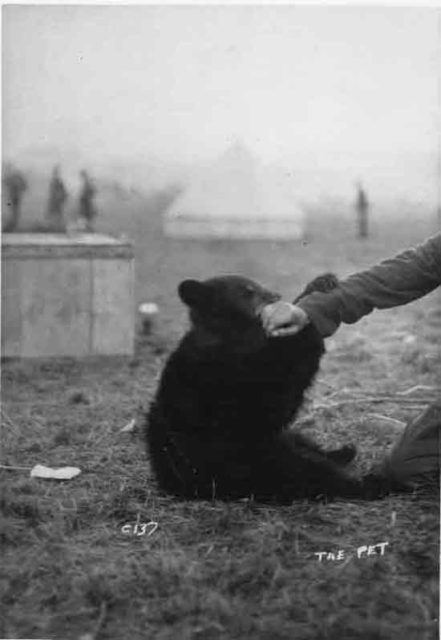
The lieutenant frequently visited the bear and recorded these visitations in his diary. At the time, Colebourn was doing post-graduate work at the Royal College of Veterinary Surgeons in London. He had planned to eventually take her back to Canada, but her love for children and play changed his mind and he decided that she should stay where she was. In Winnipeg, he opened a private veterinary practice. Colebourn died in 1947.
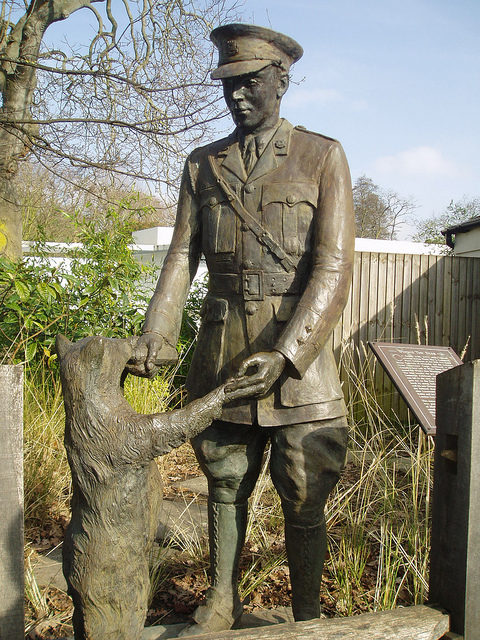
When Milne began to write about Winnie, a beautiful story was created, made up of characters of each favorite toy that his son had, namely Tigger, Eeyore, Roo, and Kanga, Gopher, Owl, and Rabbit, all imagined by Christopher. Today, his son’s toy bear is kept in the New York Public Library at the Main Branch.
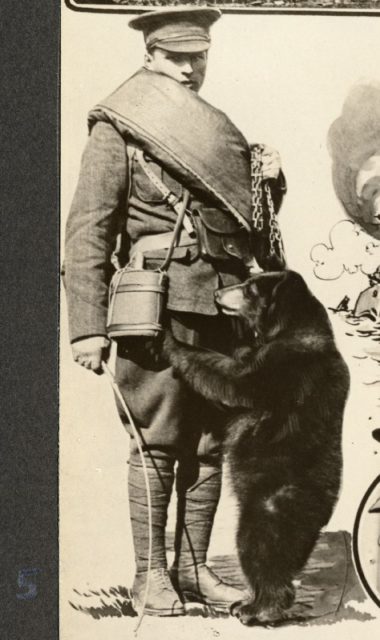
The second part of the character’s name, “Pooh,” was made up by Christopher after his swan toy. The original name of the toy bear was actually Edward Bear, but after he met Winnie at the Zoo, Christopher renamed it Winnie-the-Pooh.
Winnipeg lived a long life at the zoo for 20 years before she died of arthritis. (The average lifespan of the black bear is 10 years.) She was loved so much, the newspapers in London ran obituaries. The lieutenant was always informed about Winnie throughout her life, and when she died, he was told directly by the zoo officials.
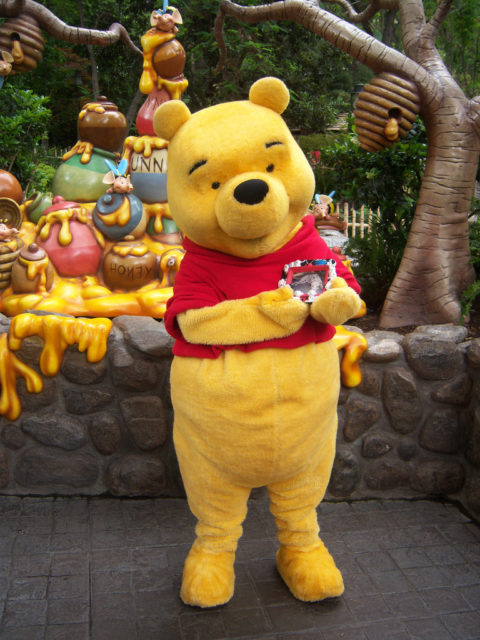
Today, there are several plaques and statues in honor of this beautiful bear. In 1981, a bronze statue of Winnie was made in her memory by sculptor Lorne McKean.
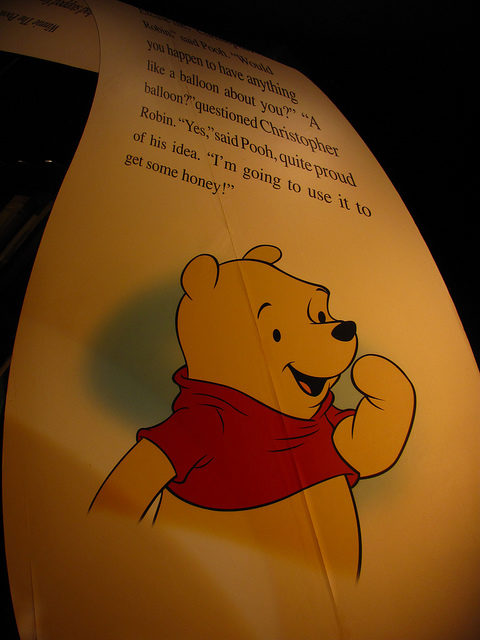
Another statue of Winnie and Lieutenant Colebourn can be seen in Assiniboine Park in Winnipeg, made by the sculptor William Epp. The Canada Post made 45 cents stamps of Colebourn and Winnie, designed by Wai Poon and printed by Ashton-Potter Canada Limited. Alongside Milne’s Winnie-the-Pooh are other stories exist inspired by the bear cub, one of them the children’s book Winnie the Bear, written by M. A. Appleby.
Four stamps were designed in 1996 by the Canada Post for the Disney Company. The first one was with the lieutenant and Winnipeg, the second was an illustration of Winnie’s life at the London Zoo, the third one was when Christopher met her, and the fourth was a depiction of the Winnie-the-Pooh character designed by the Disney Company as we all know him today.
